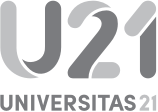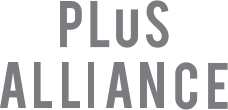How do I get training on the microscopes?
First you need to register as a user of the EMU. Once your registration is complete you will be trained by an EMU staff member to use the instrument or instruments which are required for the work you need to do. We have three levels of user:
- Trainee – your bookings are made by a member of staff and you are learning how to use the instrument.
- Independent – you have completed your training and are able to make bookings yourself during standard working hours (8am to 5pm Monday to Friday).
- Expert – you have developed significant experience in the operation of the instrument and have been given after-hours access.






